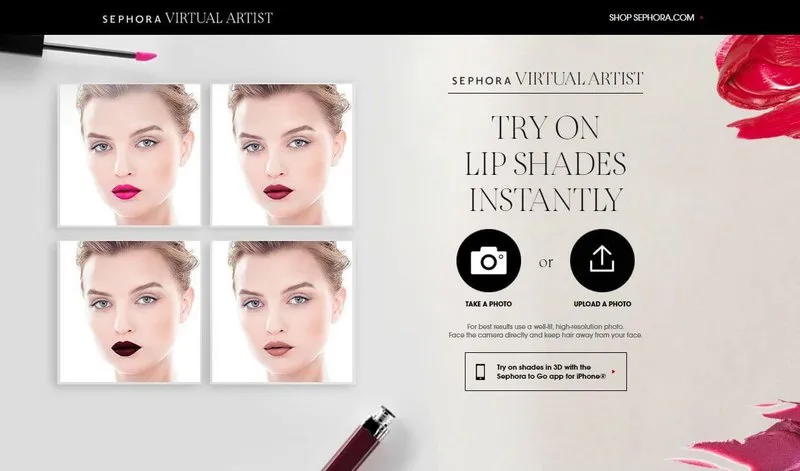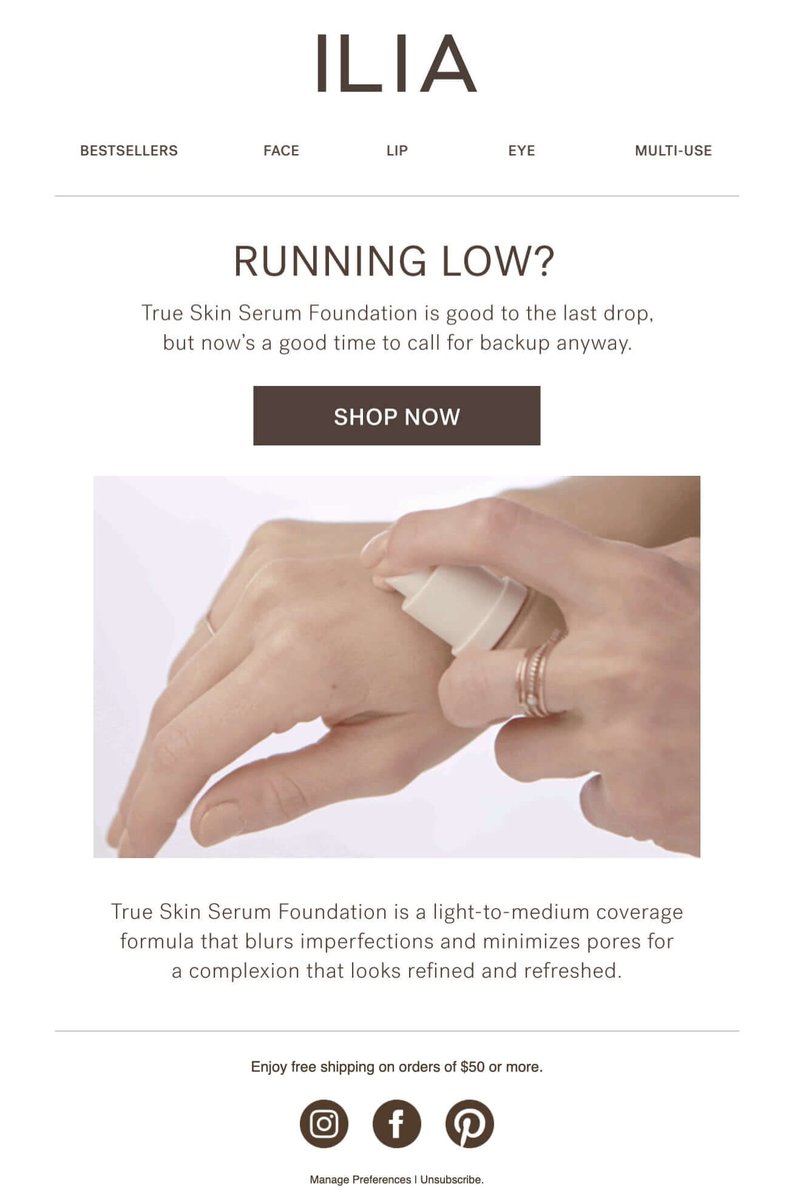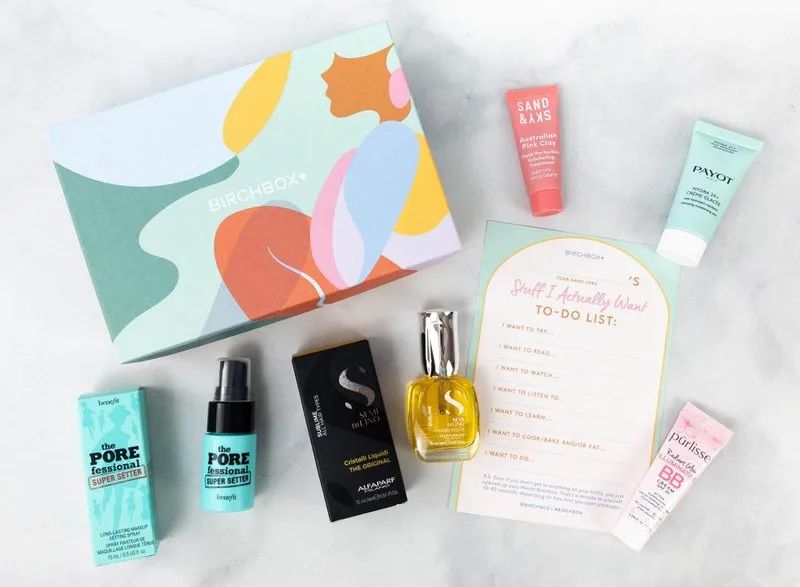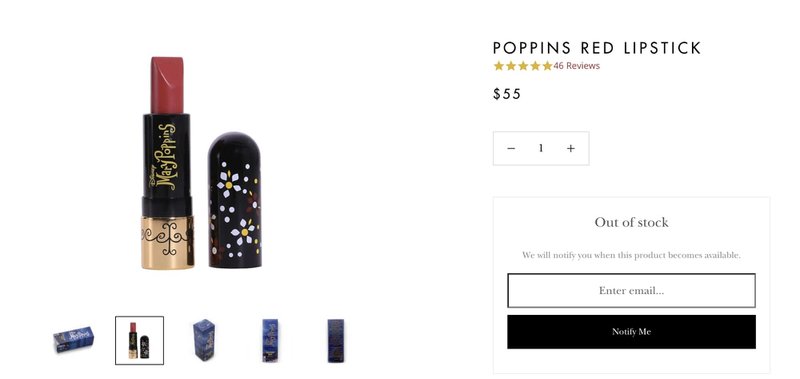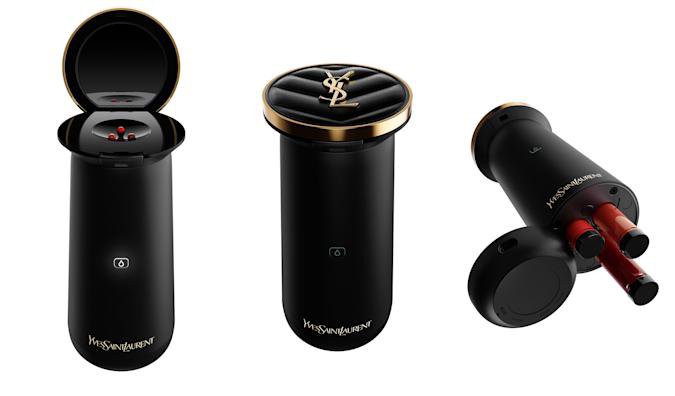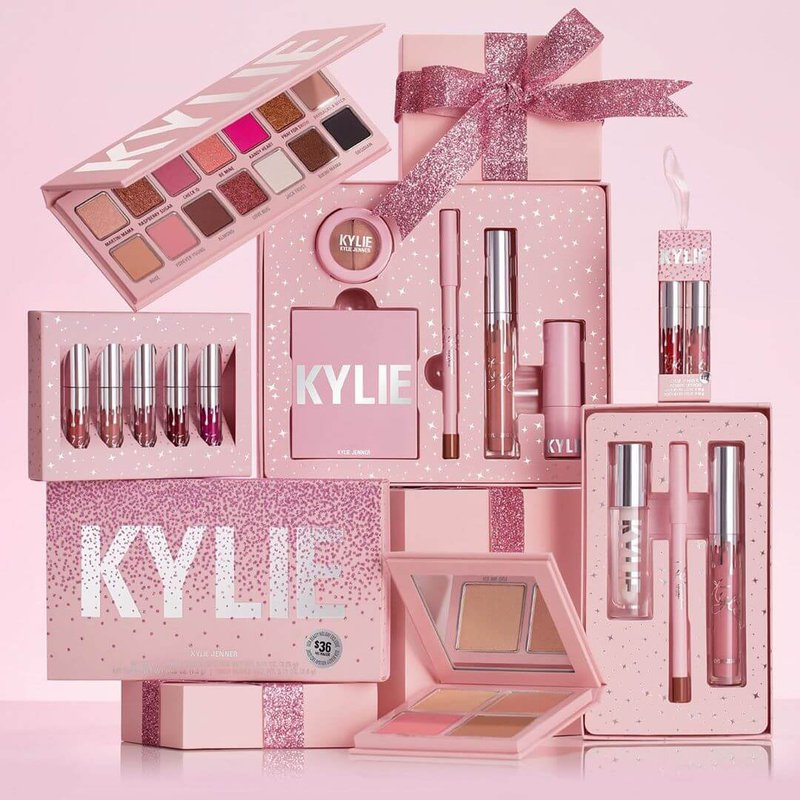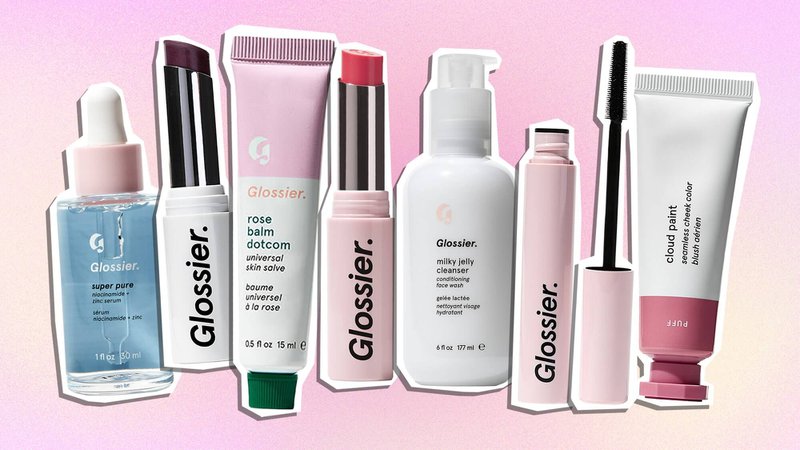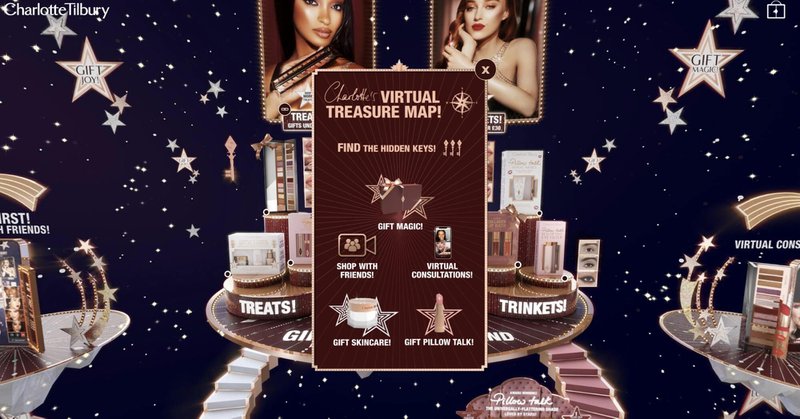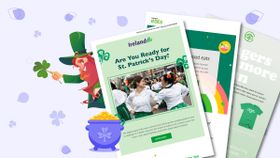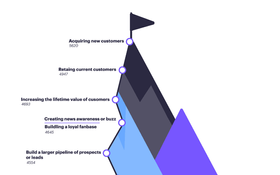2024 Beauty Ecommerce Trends & Growth Strategies & Brands to Follow [Examples]
Learn about the latest beauty eCommerce trends + strategies + and examples of the leading brands. We talk UGC, influencers, AR/VR, AI, and SEO.
Updated January 16, 2024.
![{year} Beauty Ecommerce Trends & Growth Strategies & Brands to Follow [Examples] main image](https://entail.mayple.com/en-assets/mayple/61dd64df1ee510cd7bc62e37_amyshamblenxwM61TPMlYkunsplash1_674531c2e05e68084453311b2c988150_2000-1699776104973.jpg)
Ecommerce continues to be the biggest driver for beauty sales globally, with digitally-native brands now proliferating rapidly across social media and digital shopping channels.
According to Common Thread Co, the beauty and personal care market grew from $483 billion in 2020 to $511 billion in 2021, an increase of almost 6%. The industry is forecast to exceed $716B by 2025, - a clear sign that eCommerce is only set to become more competitive for beauty brands.
Let's dive into some key trends and growth strategies that beauty brands and eCommerce experts use to gain an edge in this competitive marketplace.
Beauty eCommerce Trends & Stats
1. AI & the VR try-on experience
Buying cosmetics online has always been challenging because customers are used to trying hair and skin care products in physical stores. That's why the beauty industry was one of the earliest adopters of Virtual and Augmented Reality technology to assist customers in 'trying' products during their shopping journey.
Initiatives like Sephora's Virtual Artist app enable beauty shoppers to 'try before they buy' using special filters that mimic the wearing of different products. This enables consumers to get a sense of whether a product is right for them, improving shopper engagement and lowering return rates (which helps decrease the cost of logistics).
A study released by try-on app YouCam Makeup found that app users were 1.6x more likely to buy items and spent 2.7x more with each transaction than non-app users.
In short, AR and VR technologies are helping beauty and personal care brands to bridge the 'experience gap' between online and offline shopping. 61% of consumers say they prefer to shop with retailers who offer AR experiences, indicating that there's a lot more room for this space to grow.
2. Hyper personalization
Hyper personalization is more than just offering customers a birthday discount or addressing them by name in emails. It's about delivering the right messaging at the right time. Beauty brands can boost engagement and increase conversion rates by being able to identify where a customer is in their buying journey and personalize each touchpoint.
For example, the iconic skin brand ILIA beauty leveraged email automation, sending customers a reminder to replace products at specific intervals after purchasing. According to Omisend, these automated email messages had almost double the open rate - 34.26% open rate in Q1 2020 compared to just 18.86% in 2019 before they personalized them.
Shoppers are showing more interest in personalized experiences designed to serve their needs and pain points. By adopting hyper-personalization, beauty companies can create more customer-centric shopping journeys that enhance brand loyalty.
3. Beauty subscription boxes are a growing channel
Subscription boxes have been delighting consumers for several years. They enhance product discovery and include a much wider product selection that consumers appreciate. In the beauty subscription space, this trend is seeing the strongest growth.
Beauty subscription brands saw a 20% increase in average order value (AOV) during 2020 - a clear sign that the COVID-19 hasn't dampened desires for the latest and greatest in beauty.
Here's an example of a box from BirchBox that is famous for delivering a variety of personal care products for only $15/month.
Beauty subscriptions tap into a key pain point by enabling consumers to try out new products and brands, without needing to commit to expensive, full-sized versions that might prove unsuitable.
Birchbox was one of the first beauty subscriptions to present consumers with a winning combination of convenience and personalization. For just $15 per month, subscribers get five handpicked samples that match the results of the beauty quiz they complete upon signing up.
4. Influencers & brand partnerships in beauty
Social media marketing remains one of the biggest tools for beauty brands looking to connect with their target audience. The intense competition for user attention has led many brands to begin tapping into the reach of micro-influencers and brand partnerships to foster brand awareness across social platforms.
Many cosmetics brands are also leveraging trends in pop culture and entertainment to find relevance with new consumer segments. Vintage makeup brand Besame Cosmetics's recent partnership with Disney saw them recreate Mary Poppins' signature red lipstick, which proved a winner with fans of the brand and the movies.
Pro tip: each eCommerce platform comes with its own native influencer apps and plugins that can help you find influencers, connect your product catalog and launch influencer campaigns on your various social channels. Use Caro for influencer campaigns on Shopify and DojoMojo for brand partnerships.
5. Diversity & inclusion
It's no secret that diversity is an issue for the personal care and cosmetics industries. From advertising that perpetuates unrealistic beauty standards to products that only suit certain skin shades, today's consumers are making clear that such exclusivity is no longer acceptable.
A 2020 study by Business of Fashion and McKinsey & Company found that two-thirds of consumers consider themselves 'belief-driven buyers,' where a brand's values matter just as much as the products they're selling. Furthermore, 63% of Americans say they're inspired by health and beauty brands that show diversity and inclusion in their advertising.
In 2020, Sephora made its '15% pledge' stating that 15% of shelf space would go to black-owned cosmetics brands to promote diverse beauty offerings better.
6. Artificial intelligence help with product discovery
Beauty brands are increasingly using artificial intelligence to hyper-personalize the consumer's online shopping experience. Brands like Dcypher Cosmetics use AI in their manufacturing process to create cosmetic products that match their consumers' skin tones.
Another brand called YSL launched its Rouge Sur Mesure device, an AI-powered at-home system that can create thousands of shades of lip color and has refillable cartridges.
Top Direct-to-Consumer Beauty Brands to Follow
Here are some of the top beauty brands that are creating a memorable DTC experience for their audiences.
Kylie Cosmetics
Kylie Jenner built a massive social media following as a member of the Kardashian family long before the launch of her brand. Priming her audience with content about her daily life and beauty routines set the stage for Kylie to launch her own product selection - without needing to partner with a legacy beauty retailer.
Kylie Cosmetics is a stellar example of the power of influencer marketing to build social proof and trust. Thanks to her dedicated fanbase, Kylie Cosmetics had the social following needed to compete with established brands from the outset.
ColorPop Cosmetics
Despite not having a glamorous celebrity founder, ColorPop Cosmetics has become a leading beauty brand on social media. According to Vogue Business, ColorPop received more than 18 million likes and comments on Instagram in October 2019 - more than Kylie Cosmetics and KKW Beauty combined.
The secret? A well-oiled social media engagement plan that sees the brand use online feedback to inform upcoming product collections. With turnaround time as little as five days from concept to production, this allows ColorPop to stay on the pulse of the latest beauty trends.
Drunk Elephant
The skincare market has been expanding rapidly in the United States, with a robust 5% growth forecast for the next five years. In this highly saturated marketplace, Drunk Elephant has emerged as one of the biggest success stories.
Unlike many supposedly 'clean' beauty brands, Drunk Elephant has clearly defined what this means in practice. The brand has banned several ingredients from its product range that it refers to as the 'suspicious 6'. This level of transparency has assisted them in building trust with the often skeptical fans of the clean beauty movement.
Glossier
A cult favorite among millennial beauty consumers, Glossier has exploited a gap in the market for minimalist beauty products that enhance rather than cover up.
The key to Glossier's success is compelling storytelling that positions the brand as a lifestyle offering rather than a cosmetics vendor. Their Instagram feed is a compelling mix of user-generated content, inspirational quotes, and snapshots of customers enjoying their immersive stores.
Rather than embracing celebrity spokespeople, Glossier has created an ecosystem where any customer can become a brand advocate and influence the conversation around beauty.
Beauty eCommerce Growth Strategies
Wondering how these major brands made it? Here are some of the strategies they used.
1. SEM
Search Engine Marketing (SEM) remains the most important strategy for beauty eCommerce brands to boost brand visibility and capture high intent searches. Google Shopping ads receive some of the highest click-through rates in the search results, with two-thirds of paid clicks going to Google Shopping ads.
Data feed management is the most important element of Google Shopping ads. This refers to the structured product data that Google uses to create ads. To create relevant ads, product titles need to be rich but short in characters to prevent results from being truncated.
Examples of how to structure product titles include:
- Brand + Product Type + Color + Material
- Brand + Product Type + Product Size (i.e. ml or L)
- Product Type + Color + Brand
- Style + Color + Product Type + Brand
- Product Type +Product size + Color + Feature + Brand
2. SEO
SEO holds strong importance for beauty brands due to their eCommerce websites having thousands of individual product pages. With consumers 40% more willing to try out new beauty products and brands than before the pandemic, a strong SEO strategy is essential to maximize brand discovery opportunities.
Optimizing descriptions and images with long-tail and semantic keywords will assist brands in dominating those high-intent search results. Ensuring fast loading speeds and a robust internal linking strategy is also key to guiding shoppers around your online store effectively, improving their user experience, and lowering bounce rates.
3. Influencer marketing
Influencers and beauty brands have built a powerful symbiotic relationship over the years. Sponsorships and/or gifted products provide the basis for content such as reviews and tutorials that drive online sales and engagement.
Spending on influencer marketing is estimated to reach $15 billion by 2022, with legacy brands such as Estée Lauder now spending 75% of their marketing budget on beauty influencers.
The results speak for themselves. Beauty brands who invest in influencer marketing see an ROI of $11.45 for every $1 spent, according to the British Beauty Council.
Mielle Organics has developed an effective micro-influencer strategy by partnering with influencers that have a small but highly engaged fanbase, like using natural hair enthusiast Tasha Jeana to promote their Essentials Collection.
4. YouTube
There's nothing better than giving customers the chance to see beauty products in action. According to Google, nearly two-thirds of shoppers say that online video has given them ideas and inspiration for future purchases.
Video has a strong allure within the beauty community. Tutorials and masterclasses that teach consumers about different techniques and products are a highly valuable form of content marketing that helps brands to deliver a higher level of value.
Moreover, video marketing is a great opportunity for social listening about customers' own experiences. Reading and responding to comments gives brands the ability to answer questions, make product recommendations, and even get inspiration for new product lines.
M.A.C Cosmetics' Holiday How-To series provides consumers with a series of quick tutorials on how to achieve festive makeup looks using M.A.C products.
5. Social media
Social media is no longer just a place for consumers to discover new products and brands, it's also a place to buy them. Statista reports that revenue from social commerce is estimated to reach nearly $80 billion by 2025 – accounting for 5.2% of all U.S. eCommerce sales.
With nearly two-thirds of consumers saying they'd more likely to buy from a brand if they could shop entirely within a social media platform, this is an eCommerce development that beauty brands don't want to miss out on.
Indie favorite E.L.F Cosmetics has been very successful at social commerce by combining its Instagram store with informative, product-oriented beauty content that drives shoppers directly to the relevant product listing.
5. VR & virtual stores
In addition to creating try-on apps, beauty companies are exploring how VR technologies can build unique, digitally-native shopping spaces for consumers to explore.
Virtual shopping, where brands create 3D-rendered store environments for online shoppers to 'walk' around, has experienced a big uptick in popularity during the COVID-19 pandemic. According to the Business Wire, global spending on AR/VR in 2020 was estimated at $18.8 billion, up 78.5% from 2019.
Virtual stores have helped to transform eCommerce from static product catalogs into dynamic, evolving spaces that feel much more like something you could experience in a brick-and-mortar store - a big competitive advantage for online beauty brands.
Here's an example of a virtual store from Charlotte Tilbury called the Virtual Beauty Gifting Wonderland. Launched in time for the 2021 holiday season, it offers consumers virtual beauty consultations, access to exclusive products, and even the ability to shop with friends via video chat.
The future of beauty eCommerce
The beauty industry has long been one of the earliest adopters of new innovations, from Virtual Reality to video marketing. As a result, beauty eCommerce has continued to experience powerful growth - even as the COVID-19 pandemic has stifled consumer spending.
The rise of social commerce and a more socially-engaged customer journey across digital channels has helped to transform online shopping for beauty into a streamlined, immersive experience that fosters stronger levels of brand loyalty.
As the direct-to-consumer beauty market grows we can expect to see a bigger focus on omnichannel marketing at every touchpoint, from the product search to the moment of delivery.
